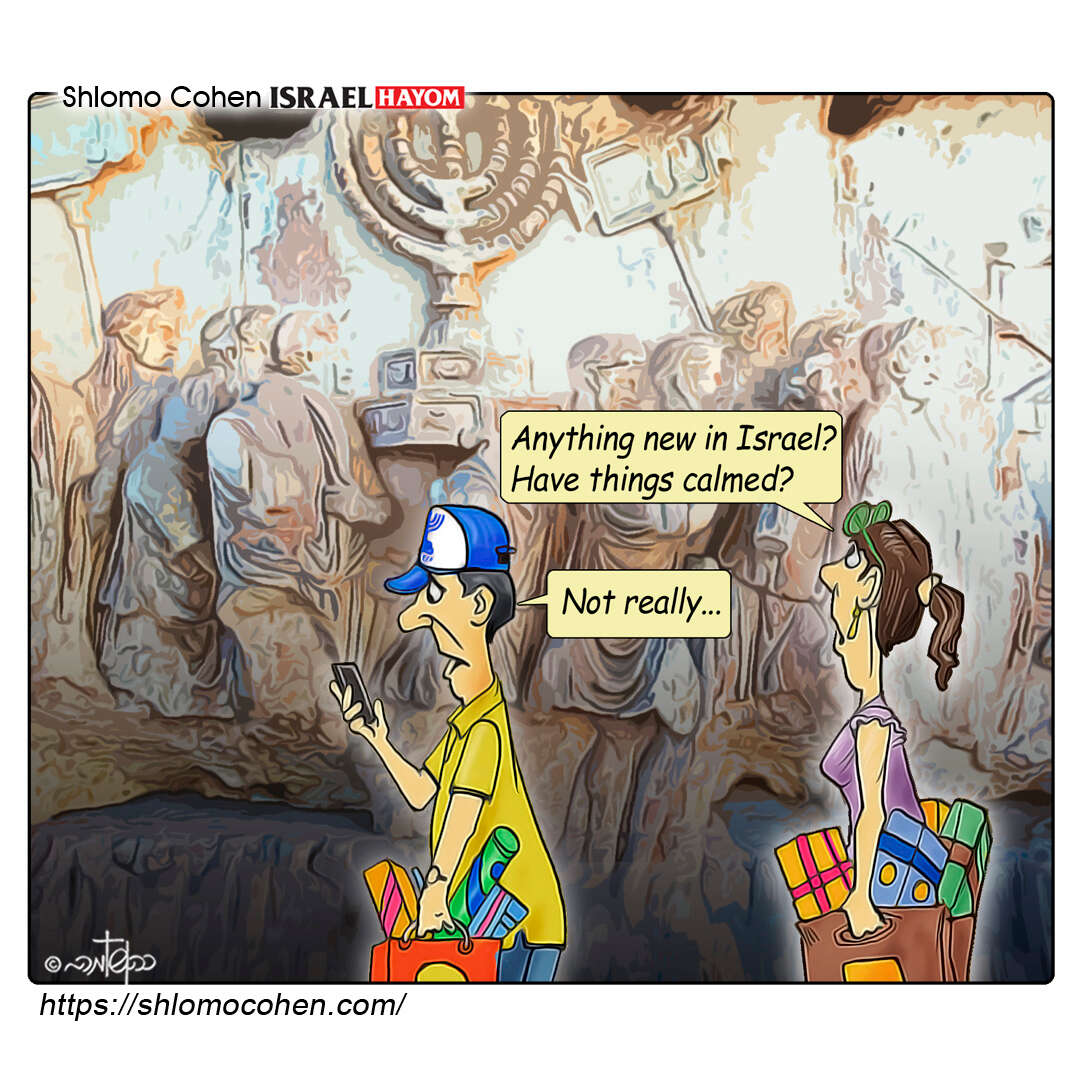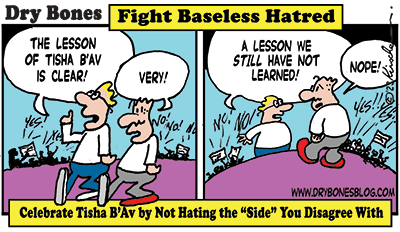A List of Communities in Ashkenaz Obliterated by Violence During the Black Death
The Black Death, which erupted across Europe and lasted for about four years (1347-51), caused immense devastation, and it appears that the mortality rate among the European population was between 25% and 45%. The immediate consequences of that pandemic had a significant impact on the Jewish population, as the Jews were accused of poisoning the wells that led to the outbreak of the plague, which spread on a massive scale. Throughout Europe, severe persecutions against Jews began, resulting in the death of many Jews and the extinction of hundreds of communities. Various sources, both Hebrew and Christian, bear witness to these events, preserved in our hands, descendants of that time and later.MEMRI: Fight Antisemites, Not Antisemitism
Knowledge of Jewish martyrology during the Middle Ages, specifically lists documenting Jews who were martyred for sanctifying the Name of God, has been preserved in the manuscript books of various communities, primarily in Germany, which were collected by Siegmund Salfeld, Das Martyrologium des Nürnberger Memorbuches. Information regarding the events of the Black Death is somewhat fragmented. Salfeld heavily relied on one of the manuscript books, but he also supplemented the lists with information from other sources, including individual prayers and elegies that address those persecutions. Additional lists pertaining to martyrdom have been conserved in Hebrew manuscripts.
An unknown memory list has been preserved in a compilation of legal and liturgical texts from the 14th century, or possibly slightly thereafter, which were bound together and written on parchment in various Ashkenazi scripts. This compilation is housed in the library of the University of Gießen in Germany, and it includes: (a) a prayer book following the Ashkenazi custom, (b) laws of prayers according to Rabbi Elazar ben Nathan (Rabbanite), (c) Sha’arei Dura by Rabbi Yitzchak ben Meir Dura, (d) a collection of prayer customs following the “Würzburg” and “Mainz” traditions, (e) Tashbetz by Rabbi Shimson ben Tzadok.
In Hebrew manuscripts, it is common for the owner to add something from a source that is at their disposal in an empty space in the manuscript. Here, someone added a list of communities during the outbreaks of the Black Death in Germany. They undoubtedly saw a need for it, as it would serve them in the prayer of “Yizkor” (Remembrance). In this compilation, a prayer book according to the Ashkenazi custom can also be found, and through this addition, they sought to express the devastation that befell German Jewry during these difficult events. It is unclear whether the individual recorded the names of the communities from memory or copied an existing list. The exact date of its composition is also unclear. I estimate that it was written in the second half of the 14th century or shortly thereafter. Indeed, a similar list is not recognized in our records. It should be noted that there is no direct connection between this list and the accompanying text. A digital photograph of the manuscript was provided to me by Mr. Olof Schneider of the mentioned library in Gießen, and for that, I am grateful.
The rise in violent antisemitism in the West is so significant that the White House, the European Union, and the United Nations have all taken action to devise strategies to counter this phenomenon. This document will address historic and modern antisemitism, will analyze recent national and global strategies for combating it, and will suggest an effective strategy and plan of action.Palestinian Refugees Were Used as a Political Prop
It is critical to understand that there is no such thing as "combating antisemitism" without combating antisemites themselves, in the same way that one cannot fight crime without fighting criminals or fight terrorism without fighting terrorists. As will be explained below, any strategy that deviates from this principle constitutes an evasion on the part of governments from their responsibility to protect targeted minorities.
Antisemitism – A Historical Perspective
Antisemitism is a multifaceted millennial phenomenon with deep roots in Christian[1] and Islamic traditions, and it would be presumptuous to suggest that antisemitism can be eradicated. Every era has had its own distinct expression of antisemitism, including blood libels, the Black Plague, accusations that the Jews were poisoning wells, The Protocols of the Elders of Zion conspiracy, and accusations that the Jews foment revolutions throughout the world.[2] Today, one of the most prominent antisemitic conspiracy theories in the West is that the Jews are implementing a plot to replace whites in America and Europe with minorities.[3]
Antisemitism and Israel
Over the past century, the Israeli-Arab conflict (and later the Israeli-Palestinian conflict) has been serving as a catalyst for antisemitism aimed at Jews outside of Israel, even though these Jews have little or no connection to the conflict or to the State of Israel.[4]
In modern history, two solutions to antisemitism arose among Jews: The first was to assimilate, and the second – Zionism – was to establish a Jewish state and bring to it all the Jews from the diaspora, thus transforming the Jews into a nation among the nations and ending antisemitism. Neither answer appears to have solved the problem of pervasive antisemitism.
In "Palestinians Deserve a Passport" (op-ed, July 20), Abdullah Ektileh justly focuses on the abominable treatment Palestinians have been given by Arab governments. Where, in the great population exchanges of the 1940s, Muslims were absorbed into Pakistan, Hindus into India, Silesian Germans into West Germany and Jews from Arab lands into Israel, the Palestinians were an exception.
Rejected by their fellow Arabs, who largely kept them cooped up in camps and fed a diet of hatred and revenge from birth, Palestinians were meant to be a tool for a war of total destruction against the Jewish state. Eventually, the plan backfired and, after the (barely) failed attempt of radicalized Palestinians to overthrow the Jordanian monarchy, they became too dangerous to absorb. To this day, they suffer from their exclusion by their fellow Arabs, while directing their passionate hatred toward Israel.
The Oslo agreement intended for them to become citizens of a Palestinian state, one offered by Israel in 2000, 2001 and 2008. During what was supposed to be a transition period, Oslo granted them autonomy under the Palestinian Authority. But the PA has flatly refused all those offers of statehood and promoted terrorism, even making payments to Palestinians who kill Jews. By their policies, the Arab states created a monster that terrifies them and also has made the two-state solution, one perfectly sensible in theory, a practical impossibility.
The Palestinian leadership's last card has been posing as victims. While that has succeeded in whipping up a worldwide wave of Jew-hate, it has done nothing to help the Palestinians themselves.
















.jpg)




















.jpeg)





